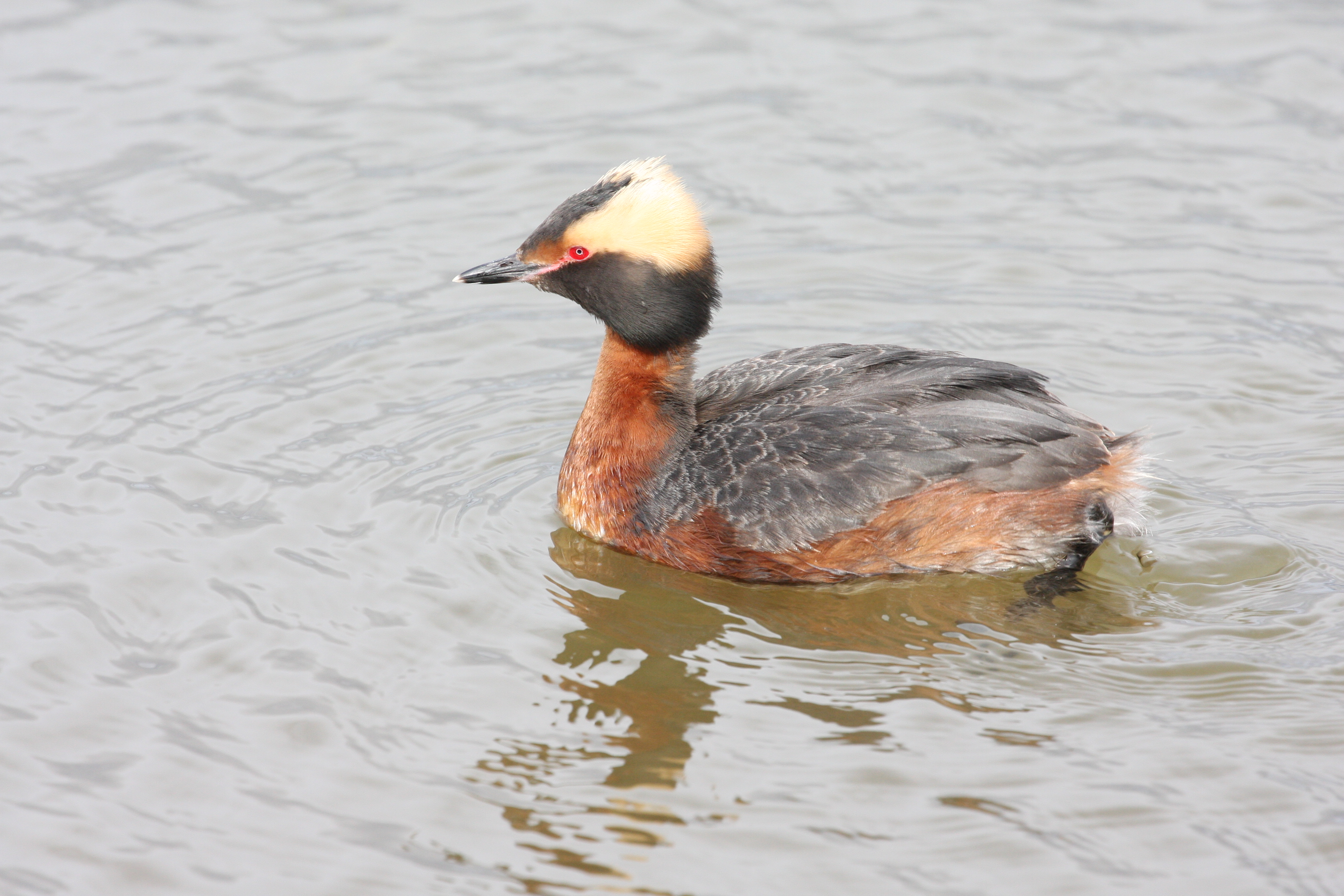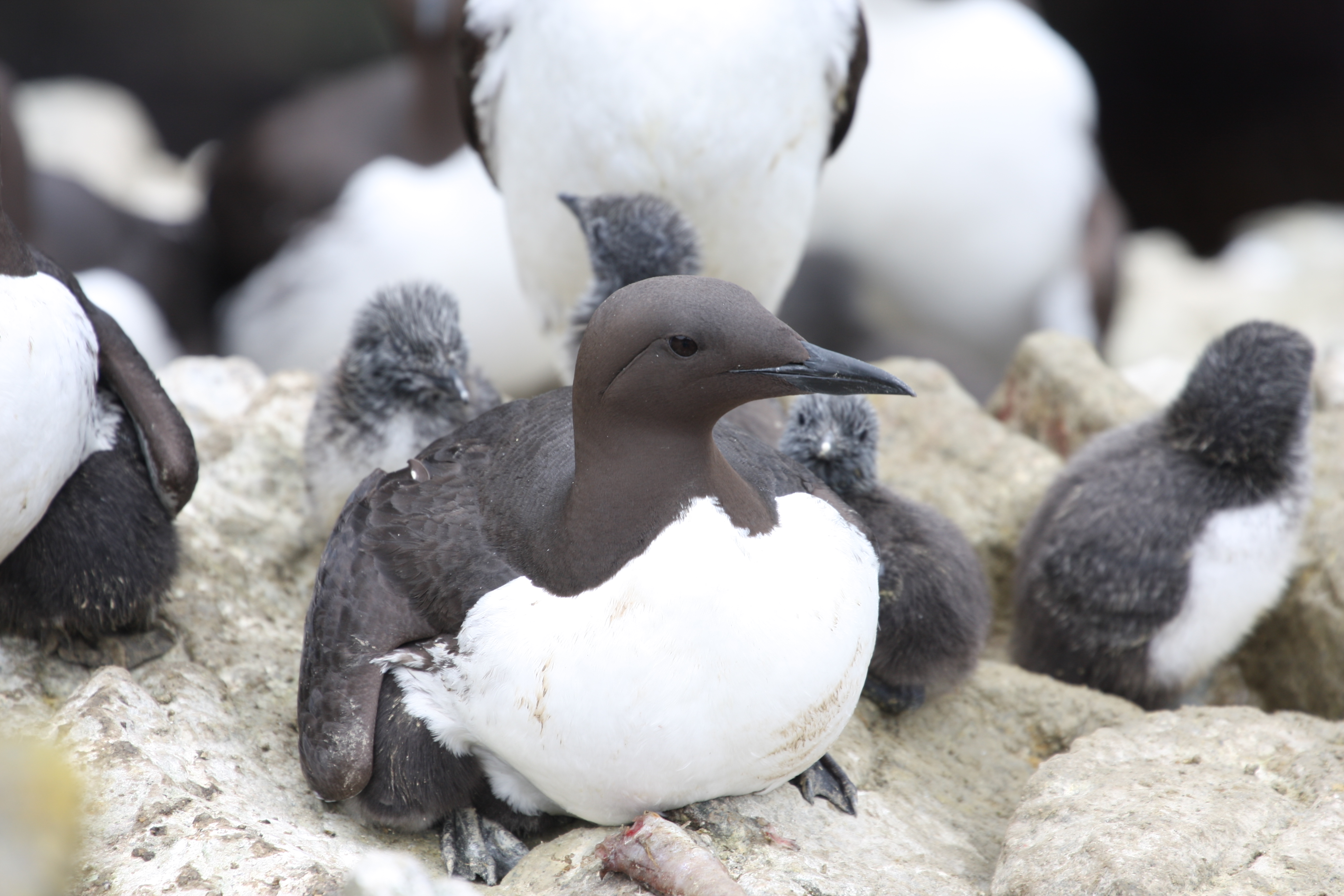SCIENCE IN THE FIELD: Researching seabird species (2)
17 July, 2018
Norman Ratcliffe, a seabird ecologist at British Antarctic Survey, studies the biology of seabirds and how this is impacted by climate change. His latest research – Project LOMVIA – is part of the NERC Changing Arctic Ocean Programme. Read on to discover more about Norman and the team’s activities since his last blog.
Iceland really is a paradise for an environmental scientist
As Lindi and his team were engaged in work on fulmars for a couple of days we took the opportunity to explore Myvatn or “Midge Lake” in English. It certainly was that; midges buzzed around in vast clouds but happily they were of the non-biting variety! Their numbers support astonishing populations of waterbirds: flotillas of fluffy ducklings lined the lake shore in unbelievable numbers. We also explored the geothermal wonders of the area: bubbling mud pots, steaming vents, lava flows and craters.

The guillemots of Lanagnes
After this short break it was back to work at the cliffs of Langanes which is a narrow isthmus – a strip of land with sea on either side which links together two larger area of land – at the far northeast corner of Iceland. It is home to a thriving gannet colony viewable from a vertiginous platform. Guillemots here are doing less well, and Lindi was disappointed to find the ledge he had deployed his loggers on the year before was complete abandoned. We managed to find birds on different ledges elsewhere though, and soon had all the samples we needed.
To the uninhabited island of Papey
We said a fond farewell and a big thank you to Lindi and his team and headed off to the island of Papey in the far south east of Iceland. The daily ferry service to the island is not operating this year, so we hitched a ride with Ingi and Gummi of the ICE SAR lifeboat squad. After skimming over the waves at exhilarating speed for 20 minutes they dropped us off on an islet just off the main islet. Here we found a very workable colony that spilled out onto a flat rock on the top of a low cliff: no need for ropes here! We collected our sample of 15 birds in no time, and even managed to collect a few fish samples that the birds were carrying in their beaks. Ingi collected us later and took us for a tour around the main island, where we spotted several other ledges that could be accessible for work next year.

We then returned to Reykjavik to complete our circumnavigation of Iceland, pausing to visit a lagoon full of icebergs and a magnificent waterfall that you can walk behind on the way. From Reykjavik we paid a brief visit to the Hafnaberg cliffs to get a few more guillemot samples to characterise diets and habitat use in the far southwest of the island. Now we are busy coding the data, processing the samples and doing some laundry because our clothes stink of guano! One more day and we fly home: it’s been a productive trip to a fabulous country and we look forward to returning next year.